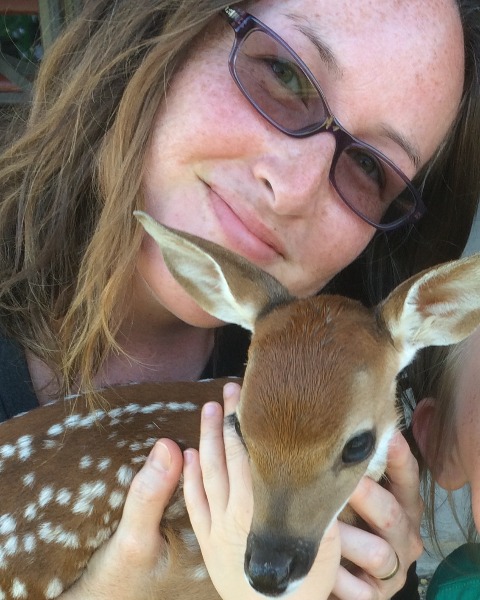MUVE
Section Symposium
There and Back Again: A Tale of Challenges and Breakthroughs of Understudied Dipteran Vectors
2: Shedding light on the understudied face fly: Comparative transcriptome analysis of newly eclosed versus mated female and male adults
On-Demand

Pia Olafson
USDA-ARS
Kerrville, Texas- PS
Perot Saelao
USDA
Kerrville, Texas
Presenting Author(s)
Co-Author(s)
The face fly, Musca autumnalis DeGeer, is one of several muscid pests that co-parasitizes livestock, negatively impacting animal production. Face flies feed on ocular and nasal secretions, as well as oral and other body discharge, and they abrade the epithelia of these regions using prestomal teeth of their sponging mouthparts. This causes irritation, leading to animal defensive behaviors, and these abrasions further create avenues for animal acquisition of pathogens. The face fly was demonstrated to mechanically transmit Moraxella bovis, the causative agent of bovine pinkeye. Integrated management strategies are employed to control face fly and other muscid pests, and additional, alternative control approaches could enhance these efforts. Such approaches would benefit from comparison of the genomic composition of the face fly, as it relates to genomes from other muscids. In support of this effort, our group aims to expand face fly -omic resources. Here, we describe a transcriptome of genes expressed by adult face flies and identify differentially expressed genes (DEG) between teneral and fed, mated adults. A relatively small number of DEGs (n = 482) were identified upon comparison of teneral females versus males, as well as between teneral versus fed, mated males (n = 1,369). This is in contrast to DEGs identified between teneral versus fed, mated females (n = 5,710), as well as fed, mated males versus females (n = 5,763). We discuss gene ontology categories for which these DEGs are enriched, and we also discuss identification of antimicrobial peptide and chemosensory gene family members.

